|
INTRODUCTION Welcome to this third and final blog, all about procrastination, which seems at first, a simple thing, but when looking deeper it presents insights into the very purpose of why we bother to do anything. The three parts of this series are: Part 1: Understanding Procrastination invited us to recognise, investigate and understand procrastination in a new way Part 2: Just do it now looks at how we can see it at a deeper level and how we can head it off, quickly. Part 3: Turn the ship around (this blog) looks at addressing the source of our procrastination - habitual fear that we don’t know where we are going. This is formed by our associations and values, for which we need safe harbour to analyse and work on. This will involve training, time, awareness and forgiveness. It may seem to ‘take too long’ or ‘not worth it’ but my experience is that it is! And you may as well try and do what you really, really want anyway! WHAT DO YOU WANT? How we find out? One way is to deeply embrace ourselves; repairing consciously, to make ourselves shipshape and resilient in the long term, against procrastinating, and then choosing a course that is both more adventurous, interesting and simultaneously easier, because it feels right. To do this I propose burning new principles into our everyday habits so that they slowly integrate into our lives. Eventually everything we do will reflect the quality and direction that we have consciously chosen. “How you do the little things is how you do everything.” Justin Hughes  PREPARING FOR ADVENTURE (FROM A SAFE HARBOUR) Much like a ship, getting ready to sail on turbulent waters, we can prepare whilst in calm waters. If you don’t know what calm waters looks like then try getting away from your immediate environment and find somewhere hidden from the bombardment of daily life - get some real perspective! The myth of Orestes finding his cave is a good metaphor. There we can focus on:
1. CHARTING YOUR COURSEWant to have fun and be true to yourself? Want to get to the treasure of life and enjoy the adventure throughout? Well I think Ghandi left us a treasure map with clues: "Your beliefs become your thoughts, 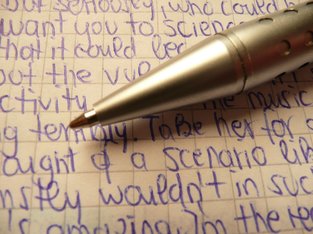 TREASURE MAP In preparing, we can simply follow this treasure map in reverse order,starting with: Values- ‘The regard that something is held to deserve; the importance, worth, or usefulness of something. Principles or standards of behaviour; one's judgement of what is important in life.’ So our first step is to decide what you are for. DREAM Dreaming vividly, whilst feeling can be like a compass towards real experiencing. We have the magical power of imagination and we have the power to create beliefs, visions and desires that feel like reality. You can call this delusion or you can call it dreaming, this is just a choice of perception. If you don’t know what you want then allow yourself to dream and work backwards from there. If you want to go to space, what could be the easier dreams, the steps on the way to the cosmic dream? Allow playful imagination - get comfy and dream as if you were 10 years old! WRITE Start by writing it down. This brings it one step closer to reality and we can begin the process of discovering of reading it back, tweaking it, making it believable, more plausible and open to scrutiny. Eventually, with repeating this process we might discover or even create the reasons why we are here. If you’re interested in doing this now, you could start by answering 5 easy question - 2 minutes on each question - then once you are done Blu Tack it on the wall. Answer these ambitiously, but within the realms of possibility - you’ll just have to gauge that for yourself. The 5 questions: What do you want to…
"You gotta be before you can do, and you've gotta do before you can have." - Zig ZigIar MISSION This begins to shape up a Vision, Mission, Reasons and Legacy for you. You can tweak and adjust them, but at least you’ve begun to make sure you are going in a good direction. You know what you want and why you want it. You can elaborate on this every few months - make tiny course corrections. Then you can really start to think more clearly about the specific 'how', this forms the plan of action. I like to read back my mission and values every day. This burns it into my memory and allows me to ask myself “is this in line with my vision” whenever I spend time on work. I have my own mission, vision and reasons, which I laid out in my online manifesto. My personal ones are kept in my private files, some of which are part of the links at the bottom of the blog. 2. TRAIN THE CREW WITH HEALTHY HABITS AND CHECKLISTS
“Excellence is not a singular act, but a habit. You are what you repeatedly do.” - Aristotle. If you want to set in any healthy habit, I suggest:
Once the habits are set in they will serve you for a very long time. Make sure you tweak them occasionally - review them to make changes once every year. We also want to build your values into your habits. We can do this using affirmations and in the wording of the habits.
3. CHECK THE MANIFEST OF TOOLS AND RESOURCES: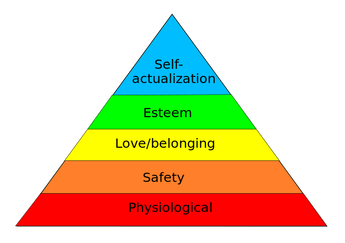 Maslow's hierarchy of needs Maslow's hierarchy of needs In order for our journeys to go well we must make sure we have provisions and tools. Tools help us fix things when they go ‘wrong’ and provisions are there to keep us going. They are our fuel. Your main resource is your presence and your passion, and those things emerge effortlessly from your habits and from the meaning you assign to this work (steps 1 and 2). BASIC NEEDS Your other essential resources are the basic physiological needs on Maslow's hierarchy of needs: air, food and fluids. For this reason make sure you have healthy foods and begin your work day by drinking plenty of water. Perhaps you can work these into your checklists, habits routines? (I use a tiny bowl of fruit/nuts to keep me going every day). Also take a breath before you start (part of the FLIT, described in Part 2). The importance of breath in bringing in the second need; a sense of safety, cannot be overstated. The breath tells the body ‘I’m safe’ if used well. If used unconsciously it often emits the opposite signal to the body. Control the breath for a moment and calm the mind. TOOLS This is one of the tools I pack on my voyage. Tools are important for when you get into trouble, but they therefore require practicing using them ahead of the time you need them. An effective tool in the hands of a practiced user cuts through the stress and recalibrates the machine. The most powerful machine in our work is our mind-body. The most common faults of the mind-body are stress from compulsive negative thinking - thoughts that get lost in fear-based fantasy. Here are three tools I use to combat this common problem:
If you are interested to learn any of these tools or want me to help you create your own please contact me. With these tools and resources we are establishing a sense of safety, working our way up the hierarchy of needs. When we have met more of these there is less resistance to starting our work and working well. The next need tops off the safety level and creates love and belonging, where you really start to enjoy your work. 4. ESTABLISH YOUR TRUSTED SUPPORT NETWORK 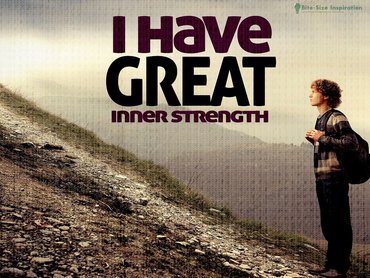 Example of a simple affirmation Example of a simple affirmation Establishing who you can trust when in troubled waters or during a mutiny is essential because if we allow ourselves to vulnerably share in our process and set up friendships where we can be seen, for whom we really are, this whole thing becomes a lot easier and lot more beautiful. Human connection is really what it is all about, after all. We are all in this together and if you can include others in your work, in a sharing, giving and loving way (not a demanding way) then you may find the saboteur of procrastination (which is trained and fueled by fear) may be eased and perhaps even dissolved by love. You may even begin to LOVE THE WORK! CHOSEN ROLES Part of this is thinking about the roles you have in life. I know I have 10 key roles, ranging from a mindfulness practitioner to a son and brother. I consciously think about and write down what kind of person I want to be in those roles, eg. ‘A caring mindfulness practitioner’, ‘a loving son’ and ‘a playful brother’. This seems simple, but it gets you to think about how you want to be in each role in your life. You can elaborate later, but start small - have a think now about your roles and write them down. YOUR FRONT ROW FRIENDS You will also have lots of friends, but amongst those friends we all have a front row - the few friends that you would trust your heart to and the ones you feel close to. It can be useful to remind yourself which ones these are. Write them down now. ESTEEM: BE YOUR OWN BEST FRIEND, FAN AND COACH The penultimate need is SELF esteem. With the list of roles and your front row friends you can internalise some of the things your friends are telling you, to encourage you. These are some methods I use:
CONCLUSIONS Coming back to Ghandi’s treasure map - we follow the line that values and habits leads us to and we start to realize that our subconscious and conscious mind now take care of things for us - we can relax and live through our actions, words and thoughts, safer in the knowledge that we have done all we can and we are on the right course. This all comes down to trust and confidence. Mindfulness can keep us noticing what we are doing that we don’t stray too far off course and once mindfulness becomes a habit that is as easy as brushing your teeth, then self expression flows into your work. Imagine the present self can thanking the past self for getting all this sorted. Right now, in fact, could you envision your future self-thanking yourself (as the past self) for preparing even ONE of these steps? Do it, now. Let me know how it goes and what you thought of this post. Feedback helps me. Bon Voyage! Archilochus - "we do not raise to the level of our hopes, we fall to the level of our training". 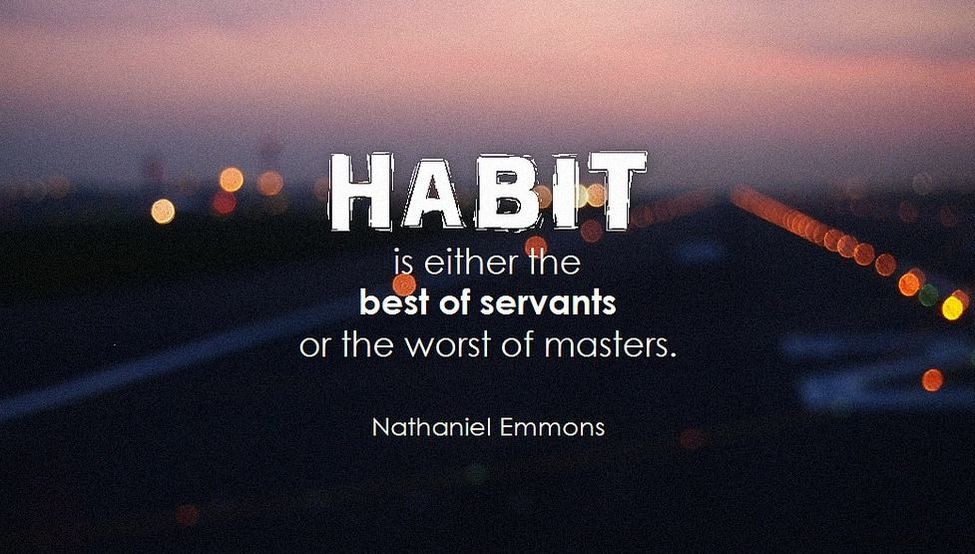 Finally some links I promised you: http://productivitygame.com/routines-morning/: A resource of inspiring blogs and self-help/productivity book reviews (with brilliant short videos). I use this often. The pomodoro technique: is similar to FLIT and allows to to measure your day differently. www.mariposacoaching.co.uk/workshops: Bristol locals can talk to Sarah if they are having trouble managing time and making better task lists. She runs courses and coaches individuals. http://sarahprout.com/start-here : If you want to set your intentions (be,do,have, feel) Sarah has created an amazing worksheet to work through. Takes a couple of hours (if you go quickly). The Miracle Morning book suggests 6 areas of focus for you morning routine, he calls Life S.A.V.E.R.S.(Silence, Affirmations, Visualization, Exercise, Reading, Scribing (journaling) https://www.neilstrauss.com/neil/healing-trauma/ if you feel severely traumatised and want to develop understanding see what you think of Neil Strauss’ look at trauma. My resources: A sneaky link that gives away all of my secrets. Don't tell anyone.
0 Comments
As the Part 1 said - Fear manifests as resistance and resistance is the body’s natural response to pain. Apathy, distraction, procrastination and confusion are all tools of resistance, designed to stop us from facing the truth and doing our work. Somewhere in our subconscious we have associated work with ‘pain’, so now we procrastinate, to avoid the pain. But why have we made this association in the first place and how can we overcome it? We will address these questions, later, but let’s start by addressing the issue at hand - overcoming procrastination, here and now. QUICK FIXES If we are procrastinating then we are leaking energy and time. It’s like we are a ship in a storm - with lot’s of holes because some of the boards on the hull don’t align - we are leaking and becoming heavy. If we’ve been really disorganised or a disaster has struck, then the ship might even be on fire. This is like when you have a series of ‘really urgent’ things getting in the way of your longer-term fulling work. Those things you will just need to deal with - as my friend Tom Robinson used to say:: “Run towards the fire” which I later found out came from the last page of the book: Salty Dog, by Gloria Rand.  A leak somewhere? A leak somewhere? PATCH IT But then there are times where the problems are not apparent. Your ship is ok, but you are confused, procrastinating and adrift - slowly letting on water. This is almost more dangerous than a fire, because it will sneak up on you. Quick fixes are needed to address this leaky ship - patches. Tape them to your desk or just use them now. It helps to have a to-do list and know roughly what one wants to do. (if you don’t, check my links at the bottom.) Here are my top 3: 1. Set a timer and turn off distractions. At the start of your work time set a timer, get focused on the task at hand - even if that task is writing your to-do list. Set 25 minutes. Turn off your devices and distractions for that time and just do one thing. Then, when 25 minutes is done, progress to no.2. 2. Next, get up and FLIT to something else for 5 minutes, regularly. Flitting is what hummingbirds do - (and I like to imagine a repair team flitting between repairs on the ship) skillfully and gracefully moving and changing location, easily and calmly, looking up every now and then to survey the situation. Be like this. Get off your bum, come away from the desk and practice this simple thing. BE STRICT - don’t cheat yourself by turning the timer off. Just get up now and try this. FLIT stands for:
This process involves first moving into your senses - to allow a reset between jobs. Moving your attention consciously from analysing to being, which resets the mind and places a punctuation between work and rest. Make sure you do this, exactly when the timer goes off, don’t put it off, even for a minute - get into the habit of standing up and doing a FLIT. It is often better to put something down whilst in the middle of it - so you will have motivation to come back and so that when you come back you can connect again easily. You may find you have to overlap your work, so you revisit the start of a chapter or take a minute to survey where you were - this is also very healthy, as it promotes wider awareness. This whole practice lubricates your ability to slip between work/rest states and stay in flow. Longer, smoother breaths, witha clear focus has been proven to calm the nervous system and longer outbreaths reduce CO2, further calming the body. Do this regularly and your stress levels stay balanced and you think clearer. This 45 minute video explains. 3. Take a single, tiny step. If you are finding this hard or overwhelming th that is because you are facing a seemingly ‘big’ task (like fixing the whole sinking ship) it can be daunting and starting is always the hardest part, so when you come back to work just commit to doing 2 minutes of something - a ‘tiny’ task! Do it solidly for two minutes (write one page, email one email, call one client). At the end of that congratulate yourself and tick the item. Celebrate and then do it again… this might get the ball rolling. This is a trick of the mind to overcome the starting energy. If the mind associates only 2 minutes of pain it will be more able to handle it than 2 hours of writing your thesis and trying to complete it this week! Just commit to 2 minutes - then celebrate! You will be making progress, just keep going. “The journey of a thousand miles begins with a single step.” - Lao Tzu Turning off distractions in work mode is a big help; turn off all phone/email/facebook notifications for each 25 minutes segment. This is focused work time. Remove all distractions possible for these short chunks. If you are worried that people expect an immediate response, you can add a signature line to your email, informing you only check emails 3 times a day. This focuses you and seals some of the energy leaks. You can even measure your time in these 25 minute chunks and this is known as the pomodoro technique. Doing less and achieving more is all part of mindfulness.  YOU ARE OK Before we continue, a caveat. All of this is, of course, all a metaphor. I want you to understand that you are perfect as you are - you are growing and learning, but you are already a success, because you made it here to enjoy the human experience. Nonetheless, we all have a play to take part in, if we wish to, a journey that we can choose to undergo. Our minds like to think in analogy, metaphor and story, so I have presented these ideas to help you (and myself) out to get a handle on your life and start to consciously steer the ship, if you want to. These tools might give you that ability faster. Caveat over. BECOMING SHIPSHAPE If we have a struggling ship and you have been in rough seas for a while then you need to get that ship into a safe harbour so that we can look at it without the bombarding waves of your everyday demands. Then we can address the long-term questions like ‘where we are going?’ and ‘why?’ (bringing associations and values to our conscious awareness), train your crew (embedding healthy associations via routines), build up resources and tools (preparing for the long voyage) and connect with others, who might be able to help next time (building a support network). This may take time, so allowing for this introspection an hour in your day, or a few hours each week may be the starting point. If you can dedicate several hours over a weekend - get out of the house and treat yourself to this, it could be really beneficial. I’ll cover this more in Part 3: Preparing to voyage. PROCRASTINATION: HIDING FROM PAIN Before that it is important to think about the sources of our procrastination - which are mainly: our self- beliefs, worldview and associations & values. All your current habits and addictions are not the source of your procrastination - they are the symptom. In a very psychoanalytic way, let me explain; PAINFUL ASSOCIATIONS Growing up we learn to notice the sources of pain by looking for consistency in the things we were doing or thinking at that specific moment that we felt it (or leading up to it). We make associations from those observations. However, the severity of the pain combined with less awareness and coping resources (like that of a child) can lead us to draw conclusions faster, in a more confused way. If we can’t recognize the source of the pain then we might panic and make a rash association, which, until disproven, will create fearful internal reactions of tension around the object of our association. A good example of this is is a ‘phobia’, which is ‘a disproportionate internal fear response to something’, like if a child feels in danger when experiencing a confined space. This could potentially lead to claustrophobia in a later stage of life - and avoid small spaces. It is even more complex with the nuances of fear that lead us to procrastinate from our cherished work.
|
AuthorsNeil Morbey is a meditation teacher, group facilitator and inspiration guide for Positively-Mindful.com Blog Index
Archives
April 2024
|

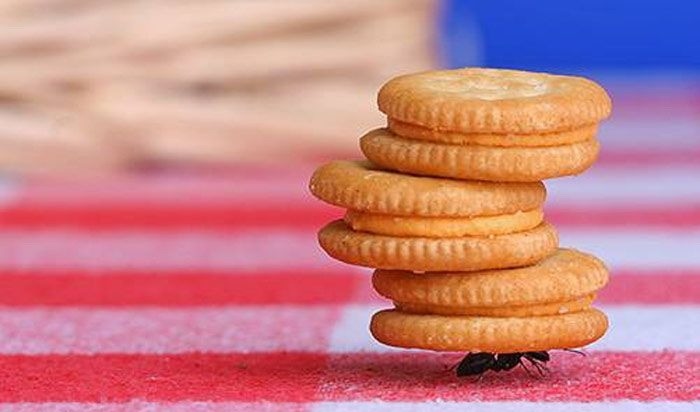

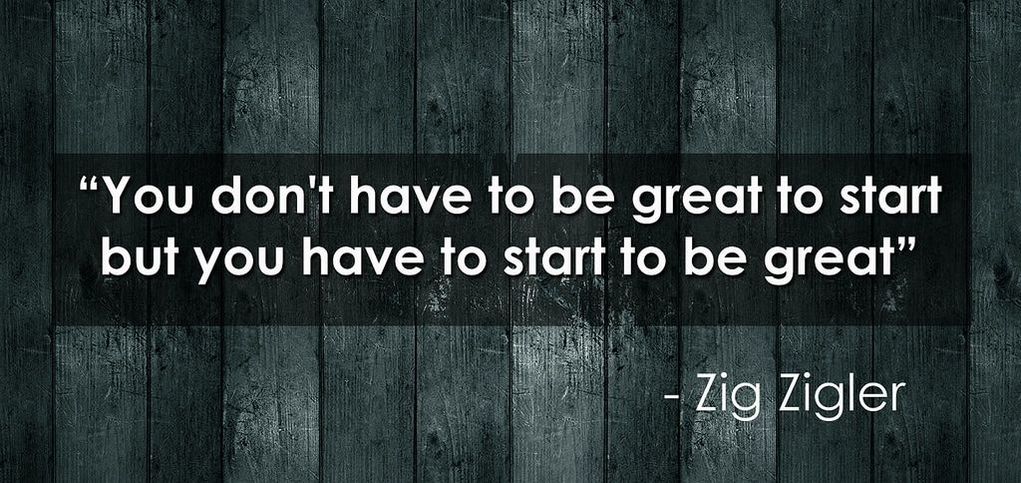

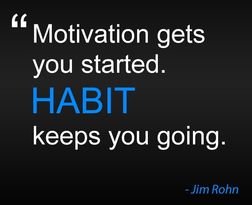

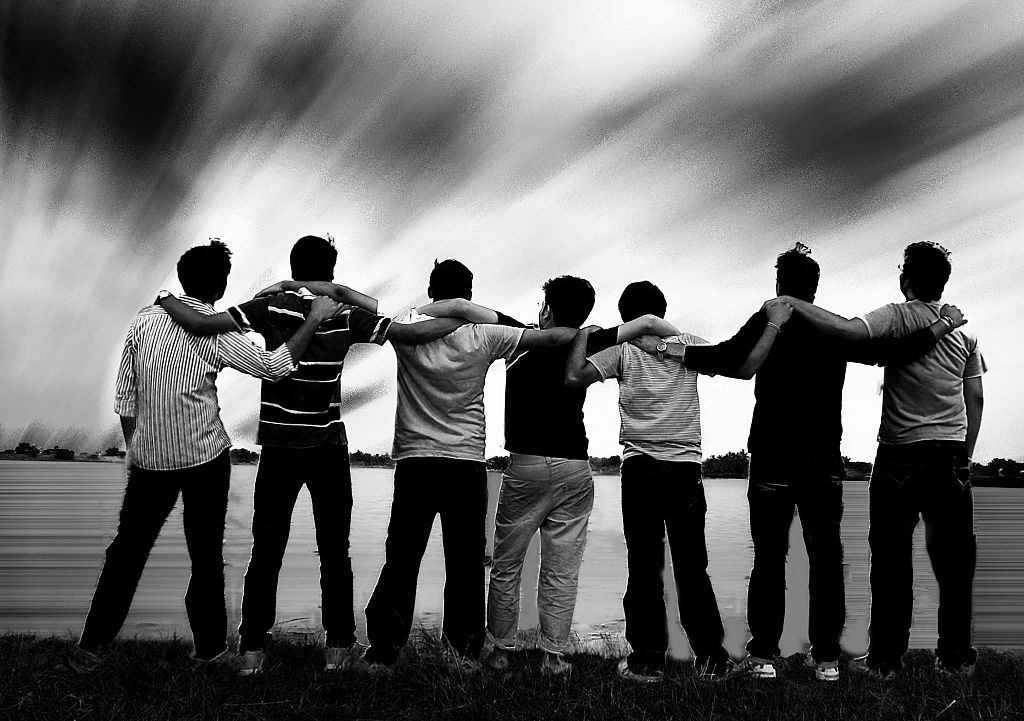
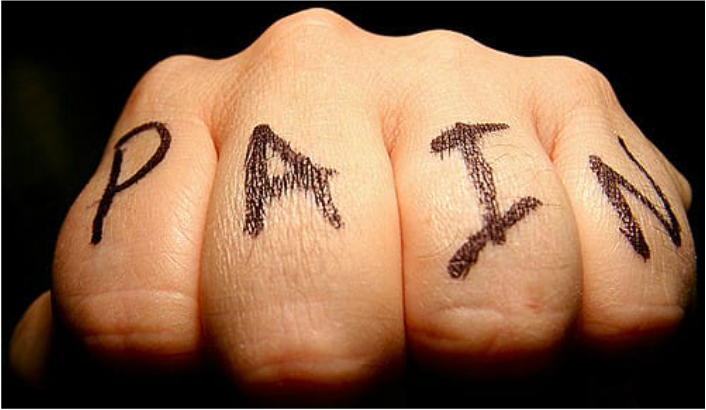


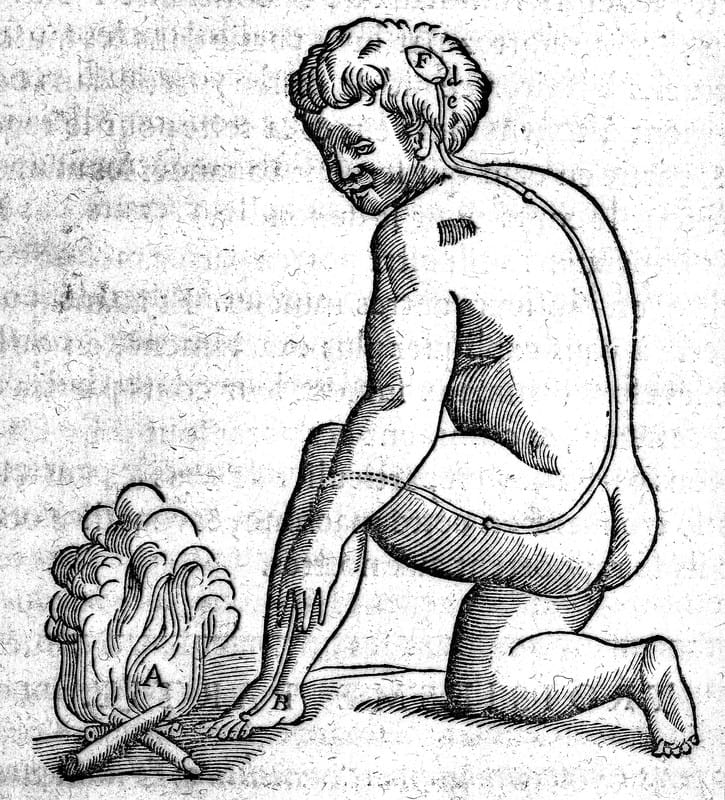

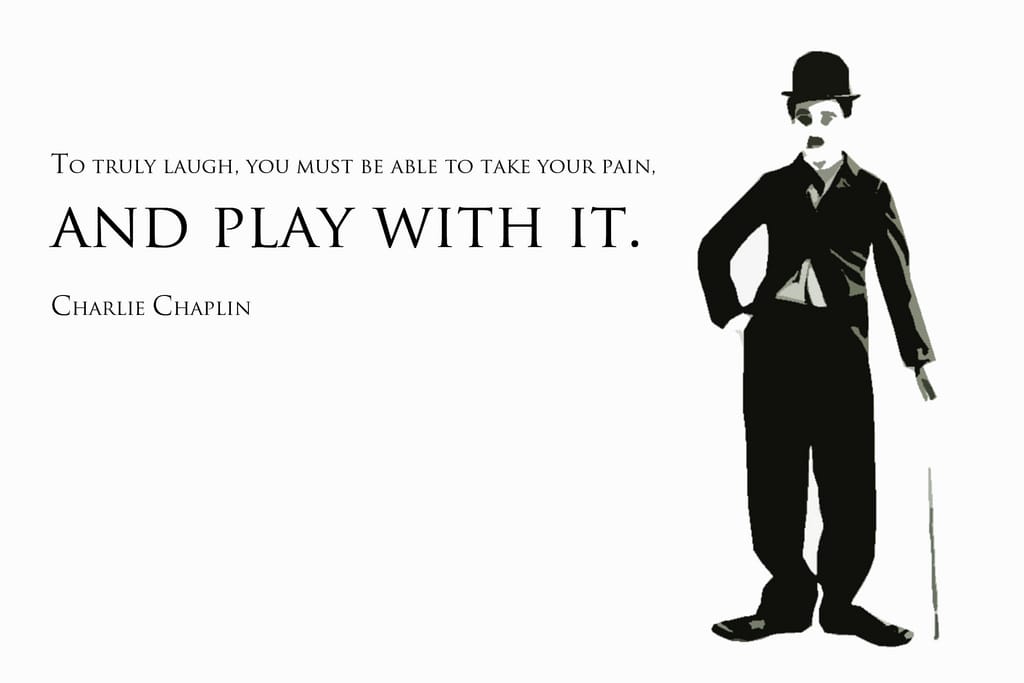
 RSS Feed
RSS Feed